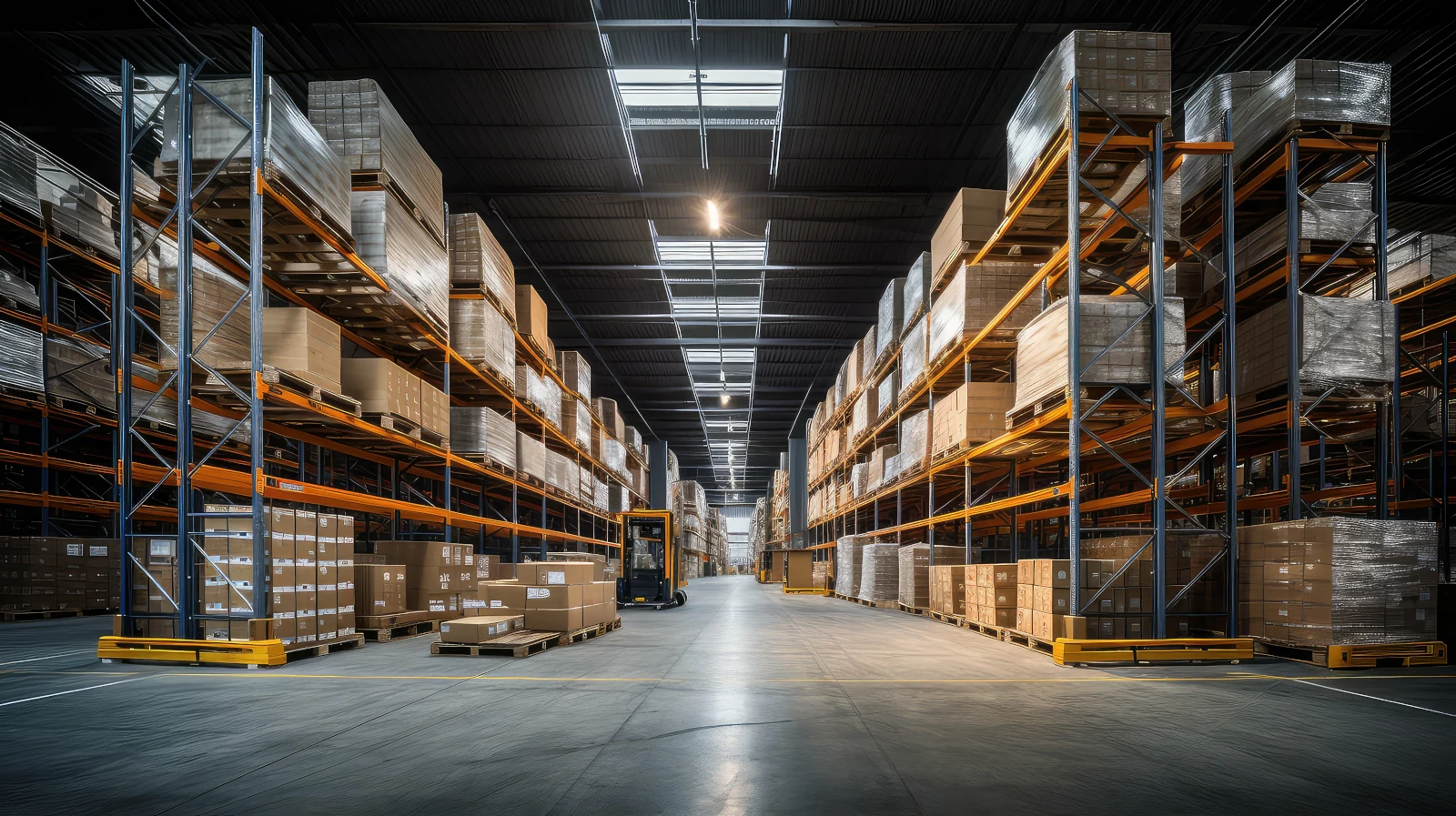
A supply chain is a complex system of interrelated entities, activities, information, and resources involved in the flow of a product from raw material to final delivery to the last customer. It includes manufacturers, suppliers, warehouses, shipping centers, distributors, wholesalers and retailers. The supply chain is the essence of the operation of manufacturing and trading companies, and its effective management is crucial to a company’s market success.
Logistics chain - what is it?
A logistics chain is a part of a larger supply chain that focuses on planning, implementing, and controlling the efficient flow and storage of goods, services, and related information from origin to destination to satisfy customer requirements. Elements of the supply chain (logistics) include transportation, warehousing, inventory management, packaging, and order processing.
Differences between a logistics chain and a supply chain
The primary difference between a logistics chain and a supply chain is the scope of operations. A logistics chain mainly focuses on optimizing specific segments of the flow of materials and goods within the supply chain. On the other hand, a supply chain has a more holistic approach, encompassing the overall flow from the producer to the consumer, including logistics, cooperation, and coordination between all partners.

Factors affecting supply chain performance
The distribution chain organizes, stores, transports, and distributes goods from the producer to the consumer. It is a critical component of the supply chain, which includes all the processes and infrastructure necessary to move a product from the point of production to the final point of sale, i.e., into the customer’s hands.
Many factors, such as unforeseen transportation delays, demand volatility, raw material price fluctuations, customs barriers, or natural disasters, can disrupt supply chain efficiency. In addition, internal factors such as inefficient business processes, forecasting errors, poor communication between departments, and insufficient IT are also important. All of these require attention and constant monitoring to ensure a smooth and adaptive supply chain.
Technologies to support supply chain management
Modern supply chain management could only exist with the support of current technologies. Enterprise Resource Planning (ERP) systems integrate all aspects of business management, including the supply chain. Cloud solutions enable flexible and scalable resource management. IoT (Internet of Things) technologies offer real-time product tracking, while advanced analytics and Big Data algorithms allow better forecasting and response to market changes. The role of automation and robotization in warehouses and using artificial intelligence to optimize logistics processes should also be noticed.
Supply chain management is, therefore, a complex but essential part of any company’s business that requires constant attention and investment in the right tools and processes. Technological advances are opening up new opportunities for efficiency, cost reduction, and improved customer satisfaction.
Supply chain strategy
This is a crucial aspect of operations management that involves planning, designing, and managing all activities related to raw materials, work-in-process inventory, finished products, and the information accompanying these flows. The supply chain strategy aims to maximize efficiency, minimize costs, and meet customer expectations.
The supply chain strategy should be flexible and adaptable to changing market conditions, enabling the company to respond quickly to new challenges and opportunities.




